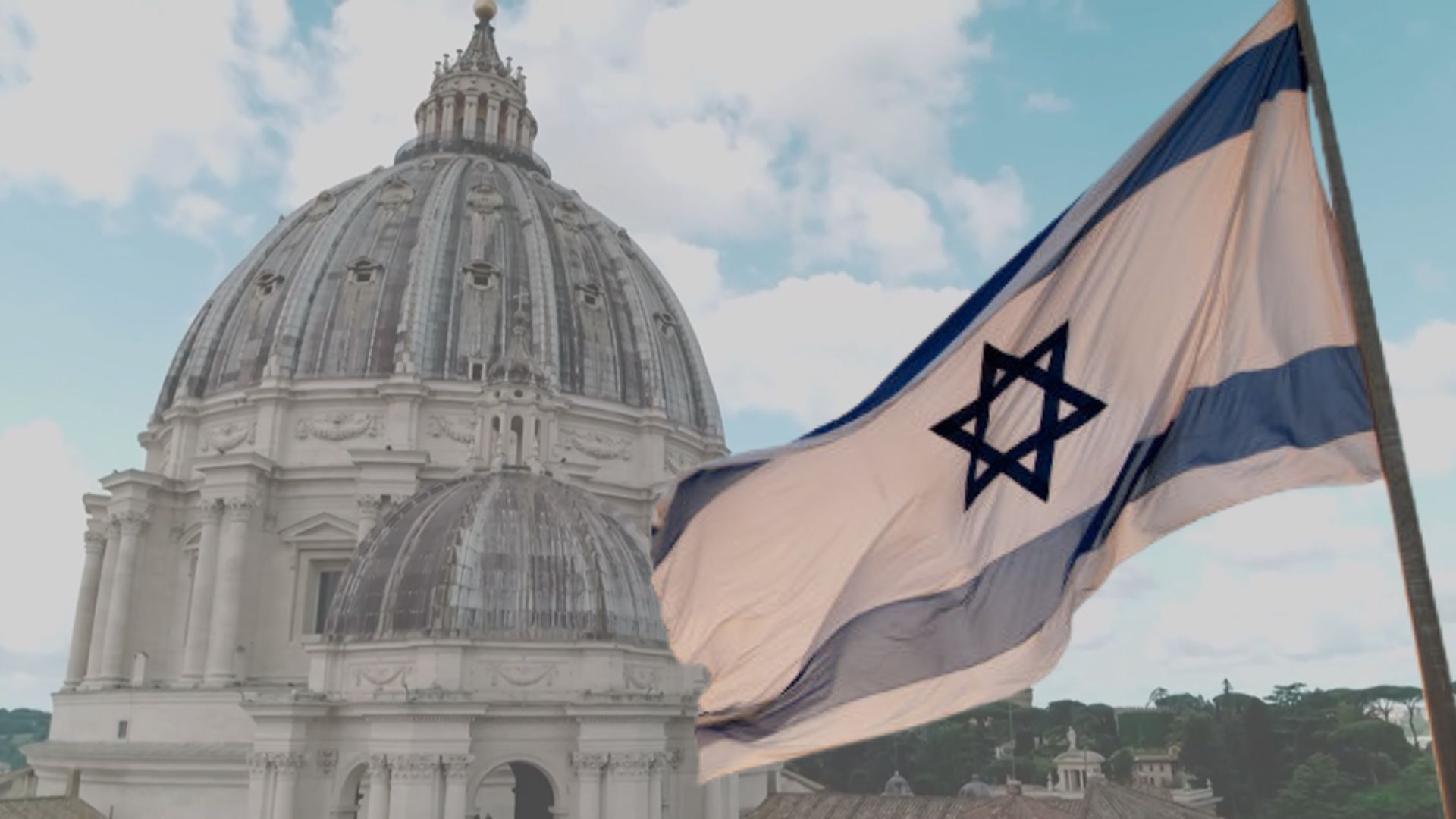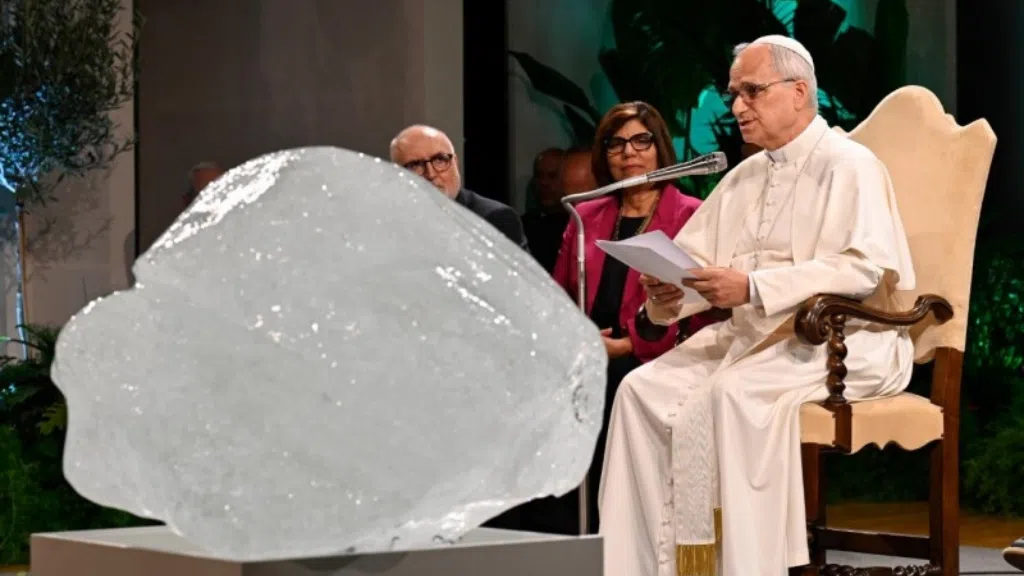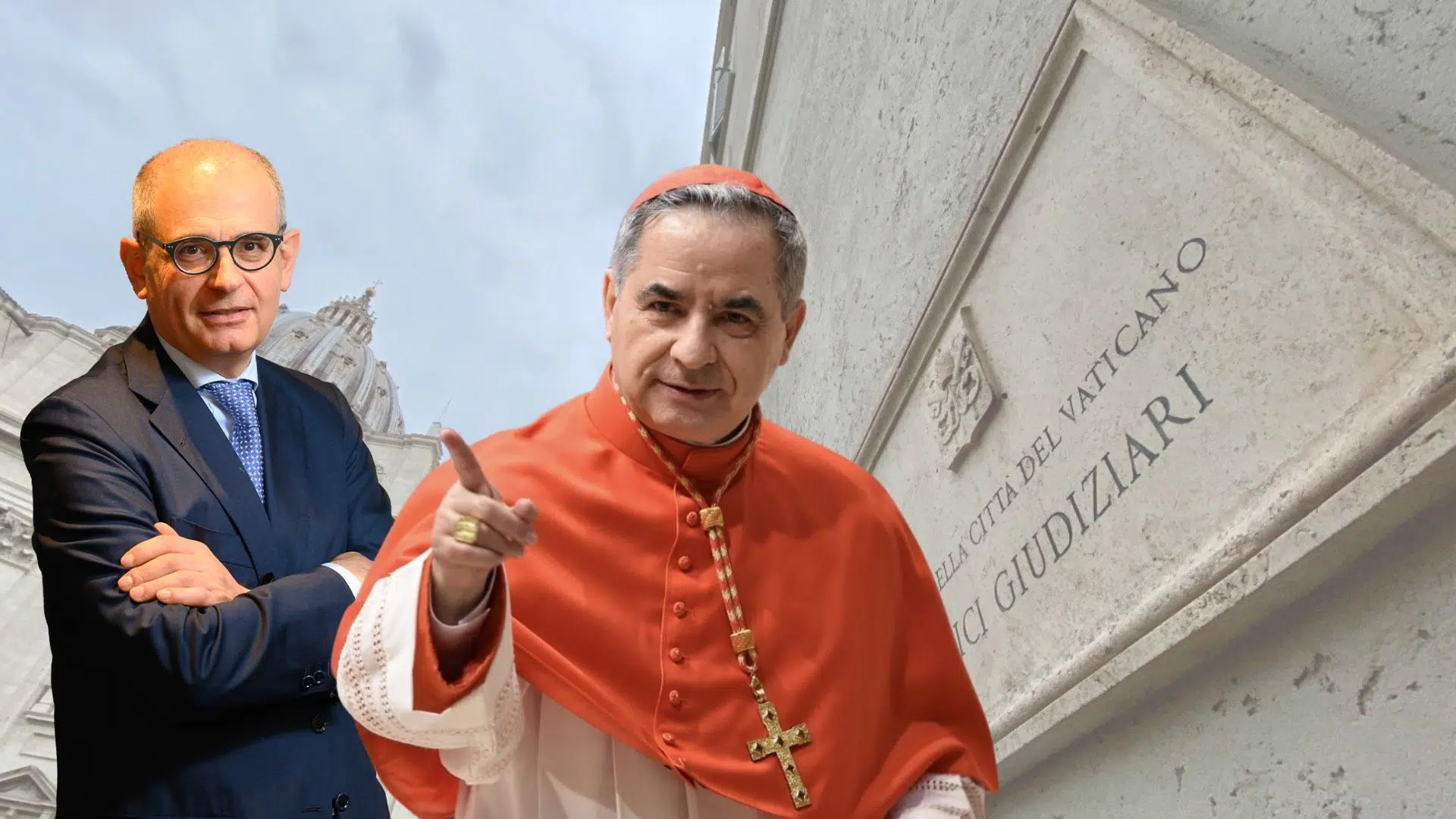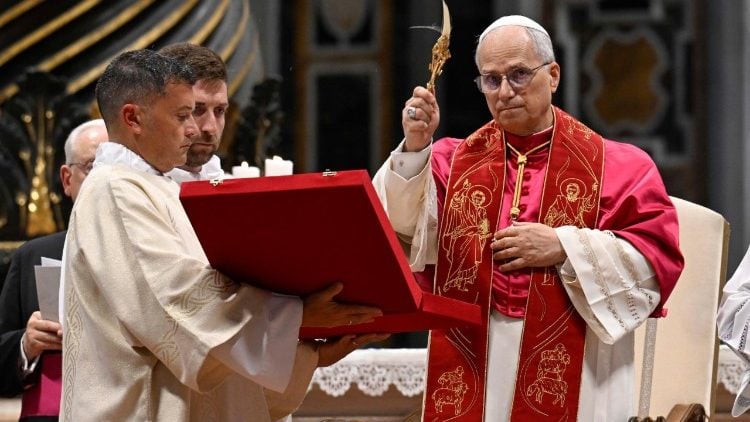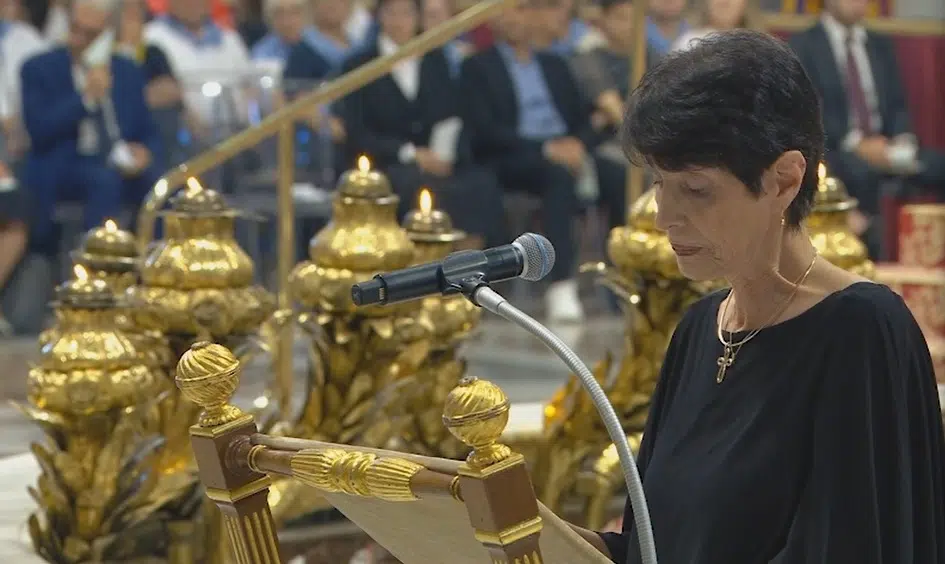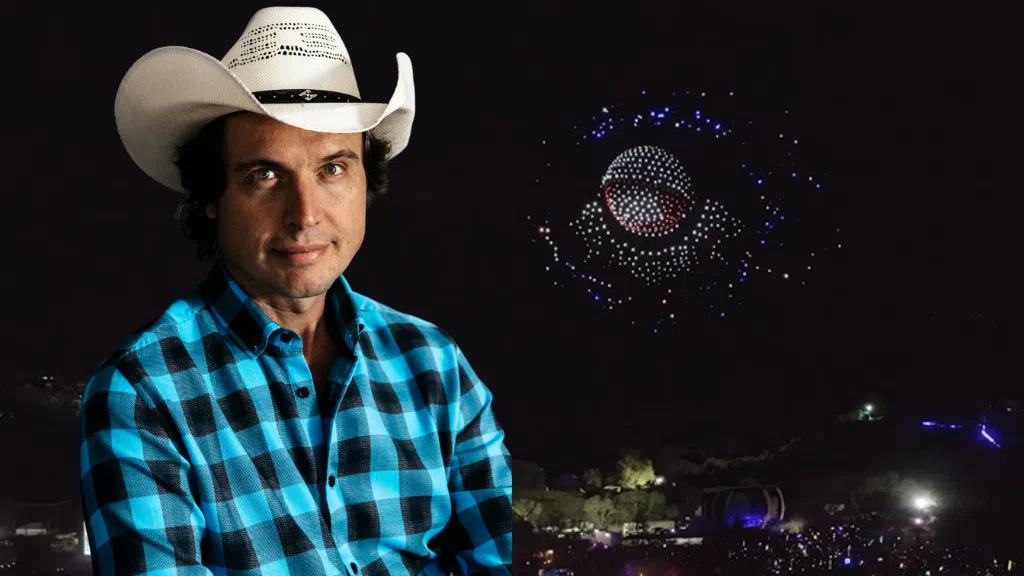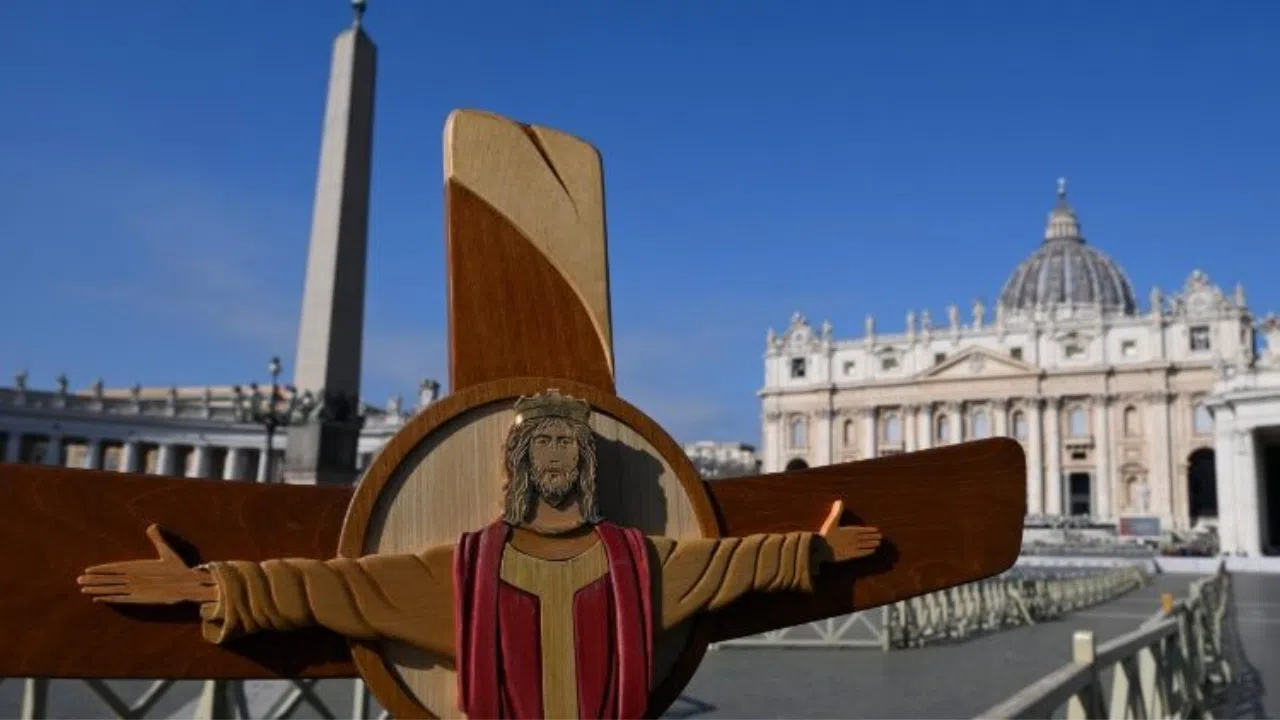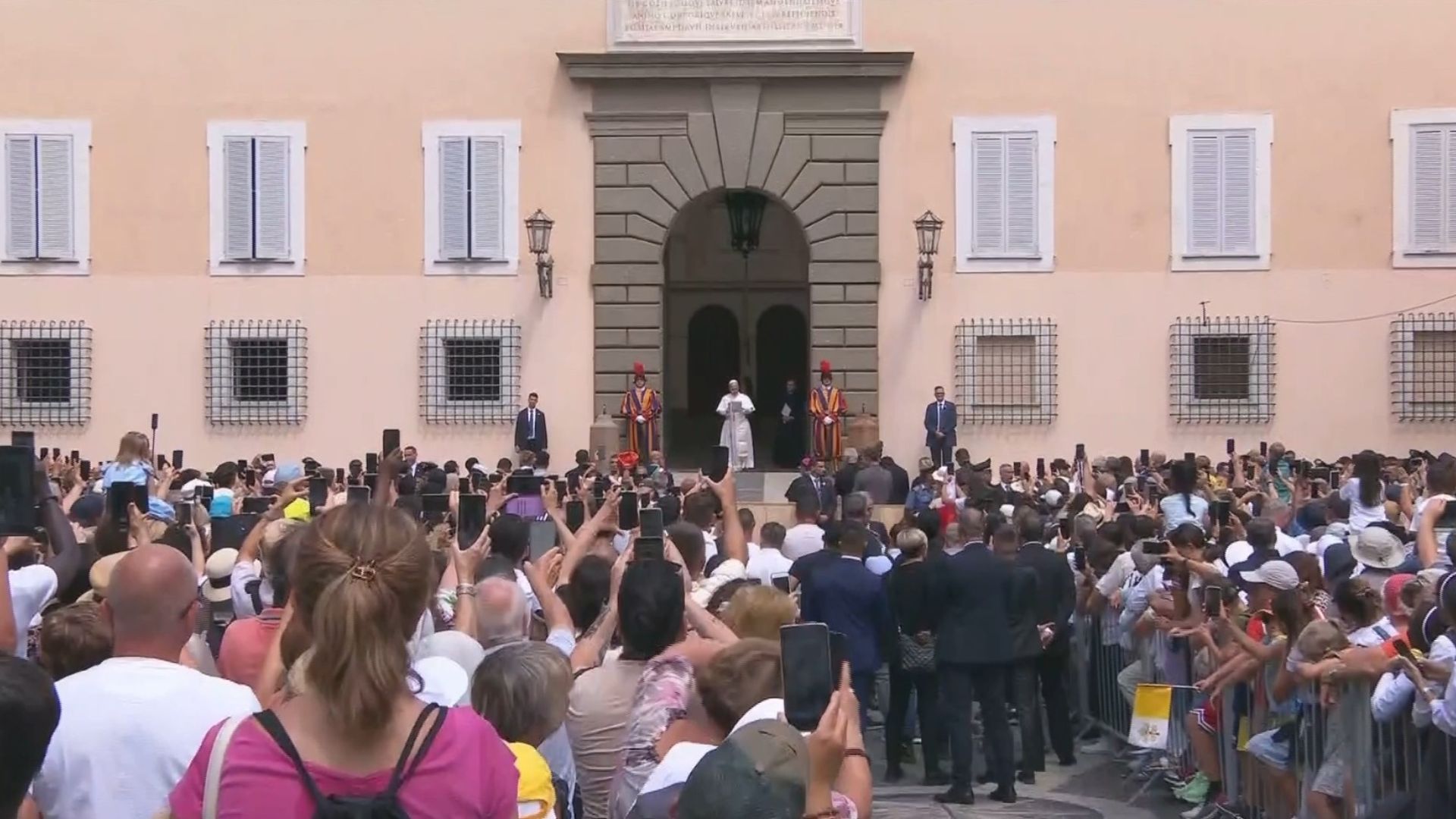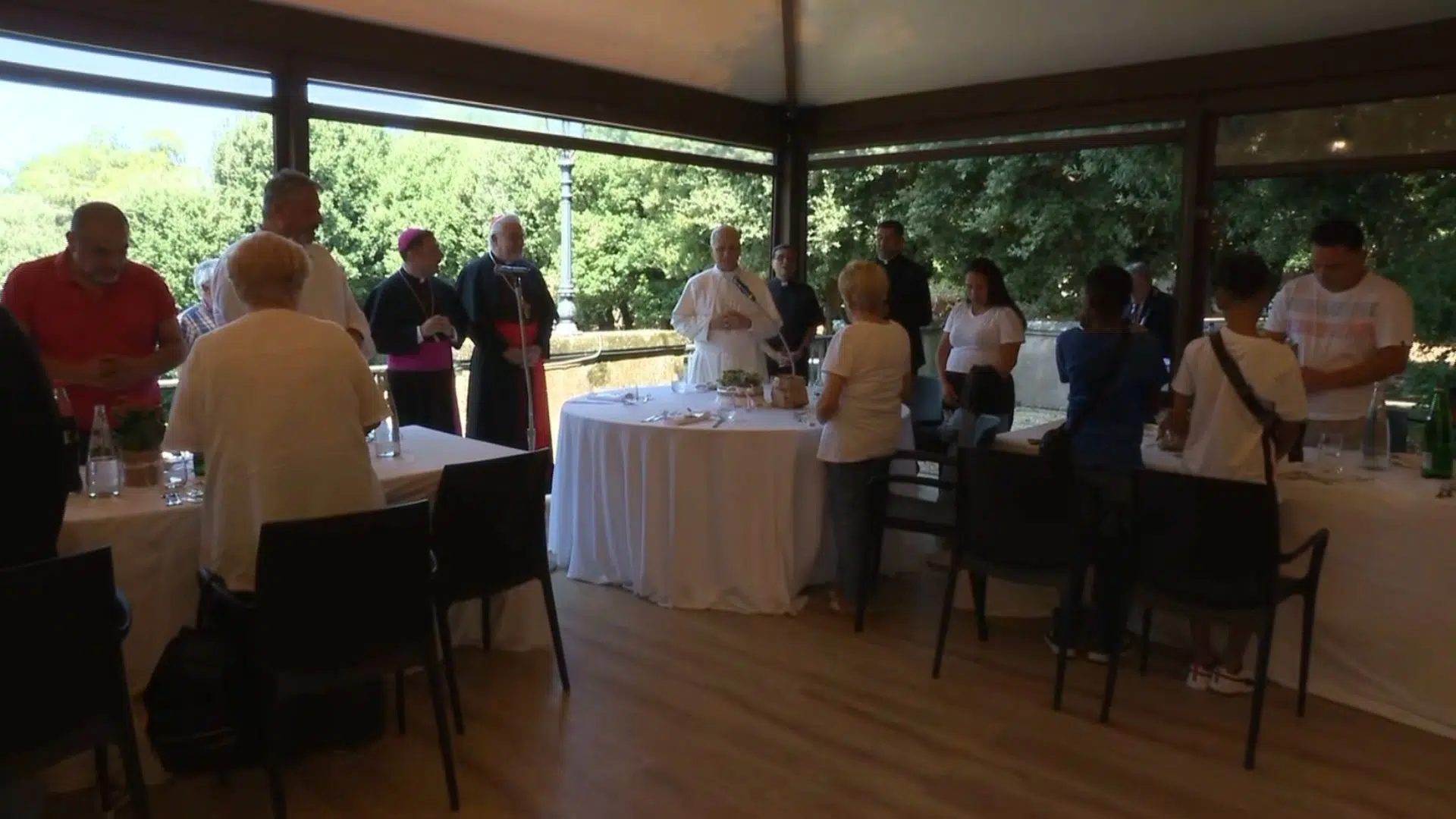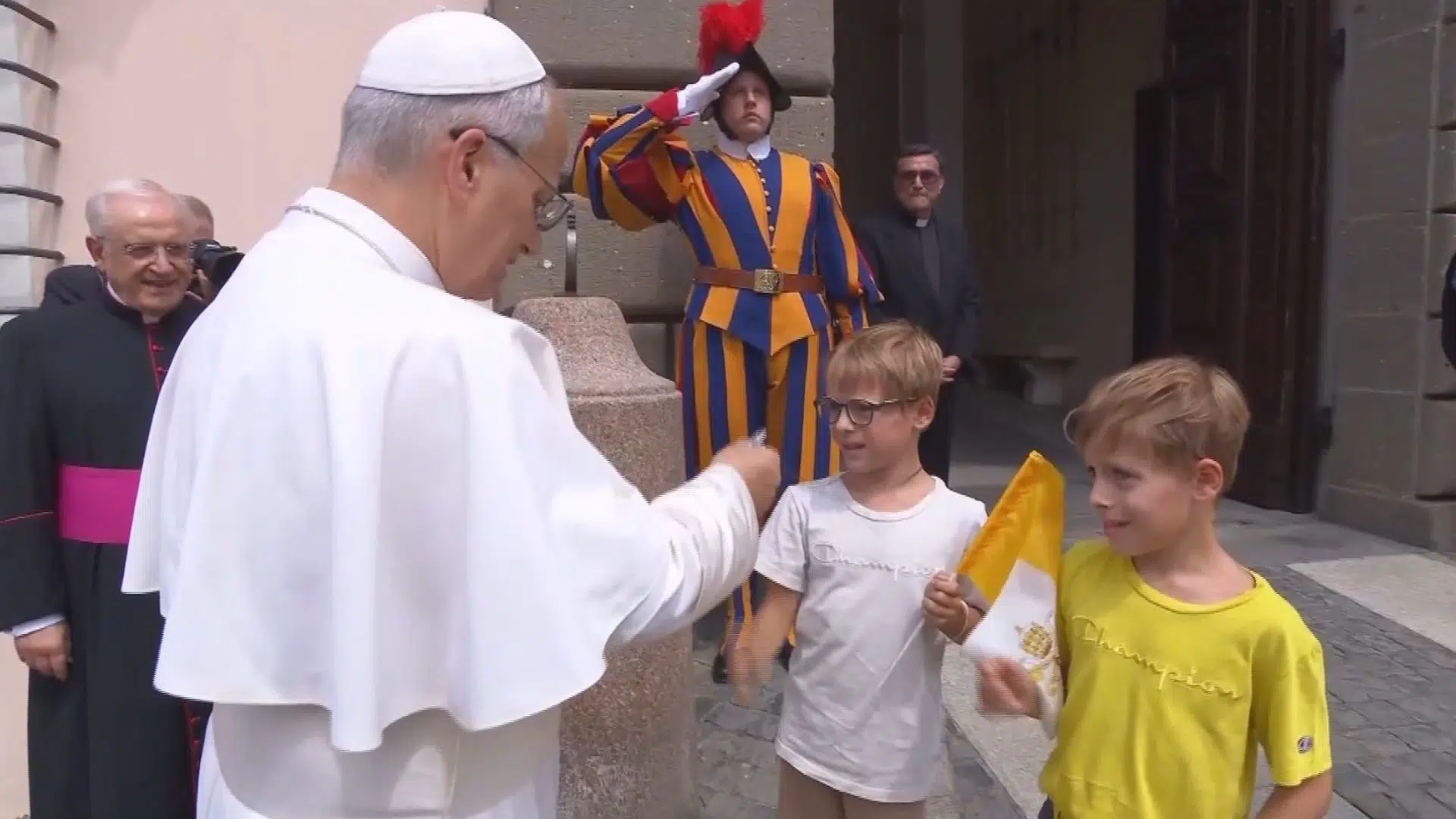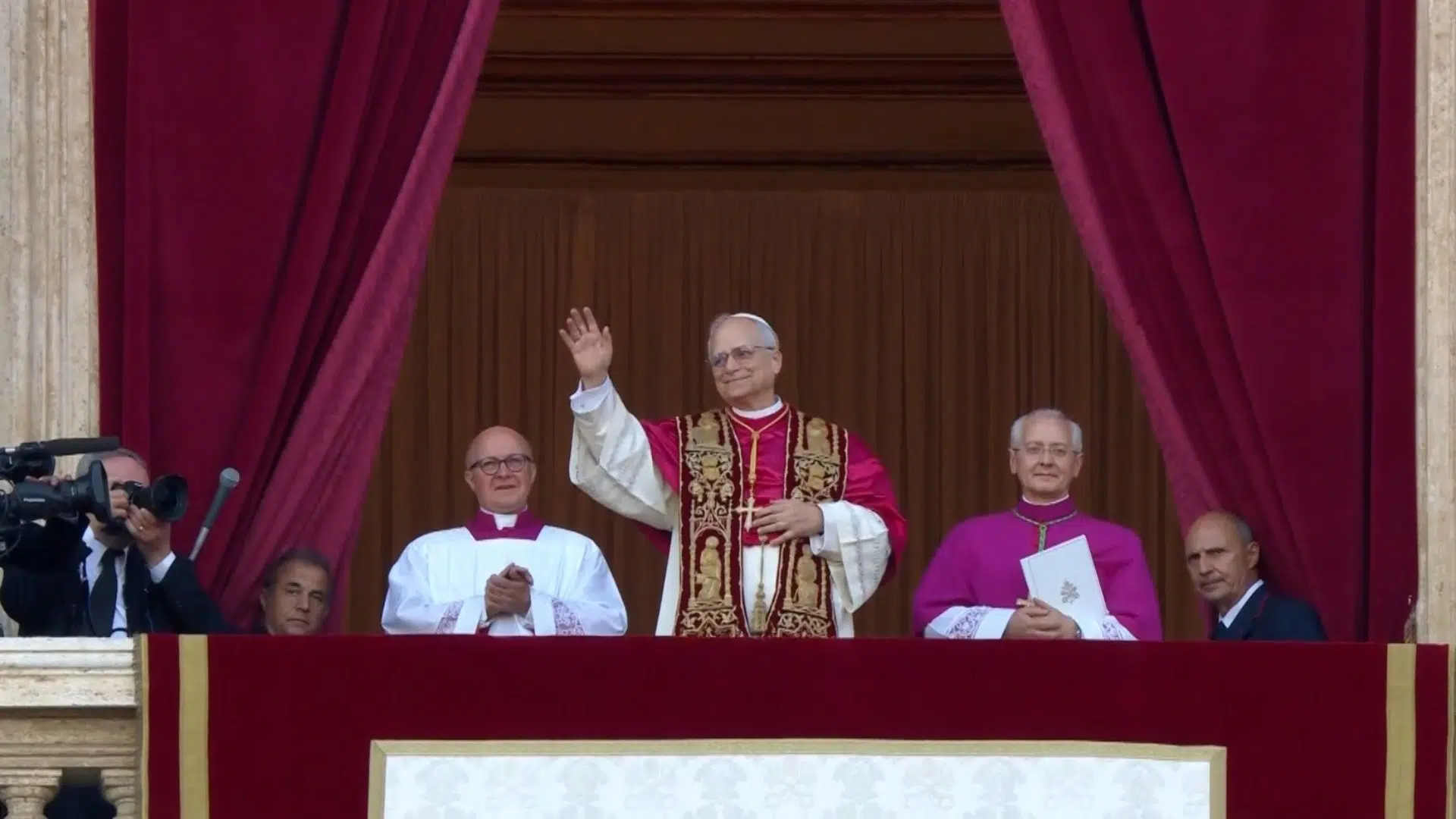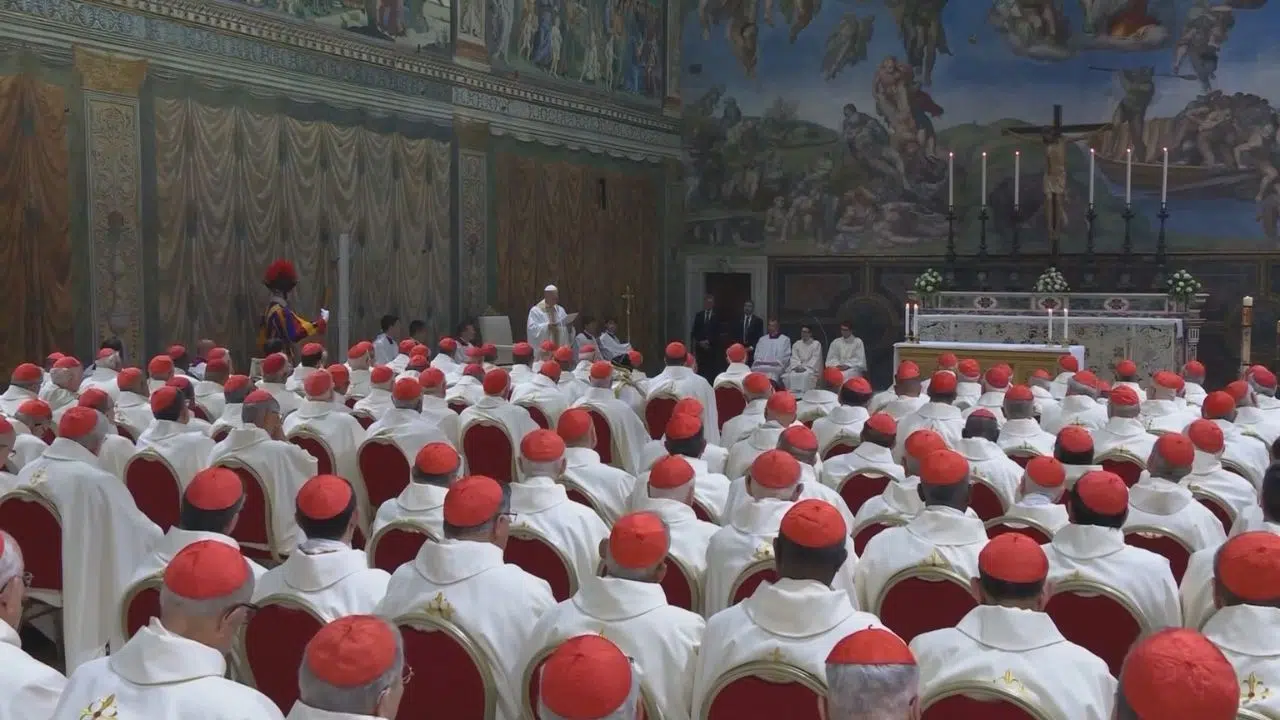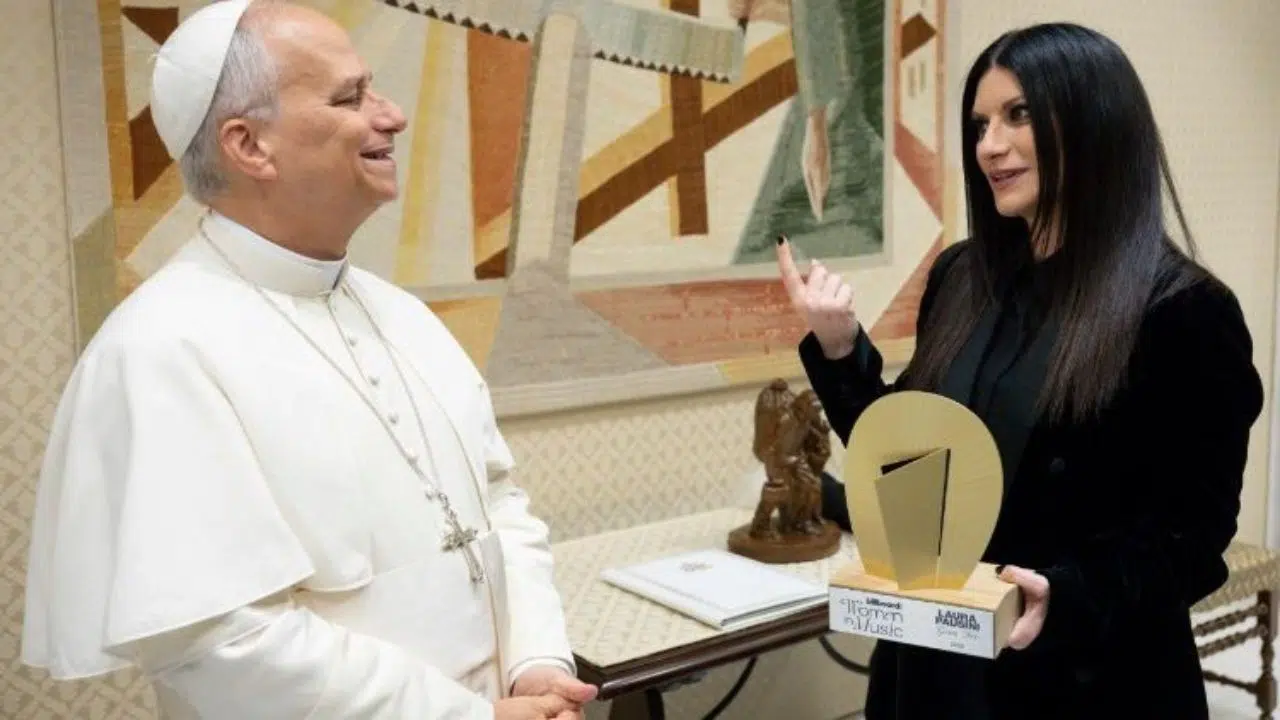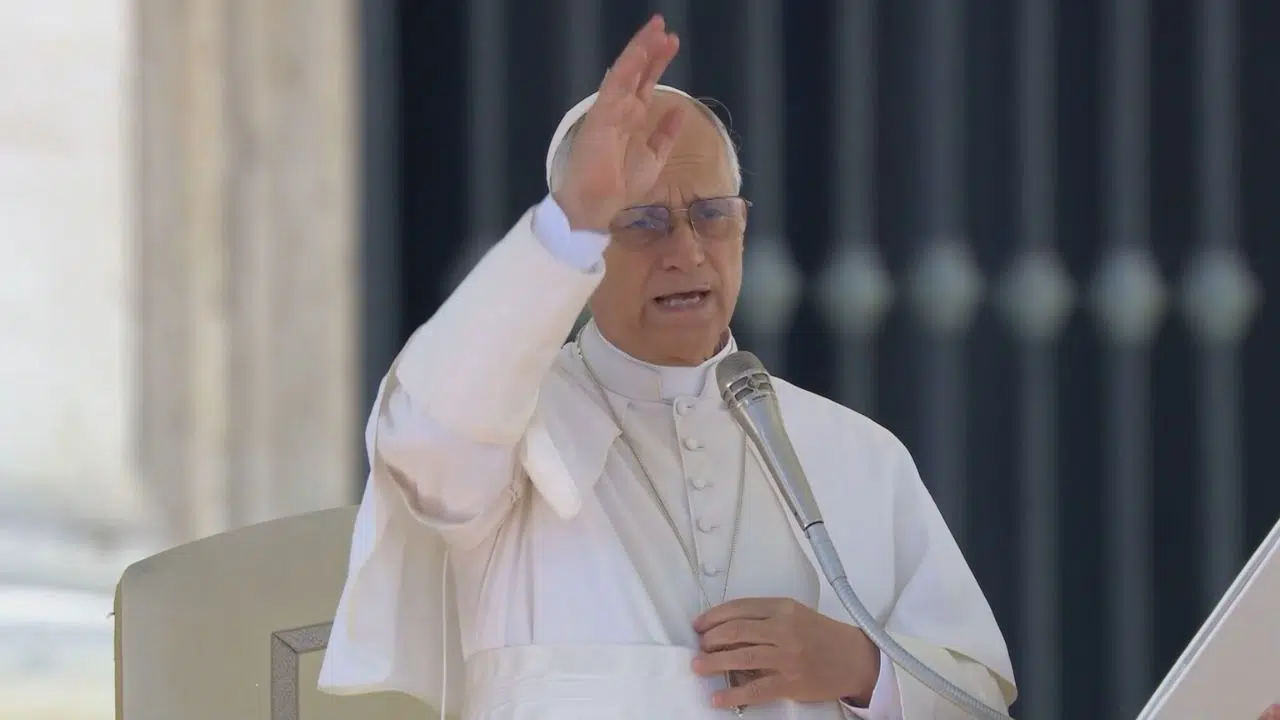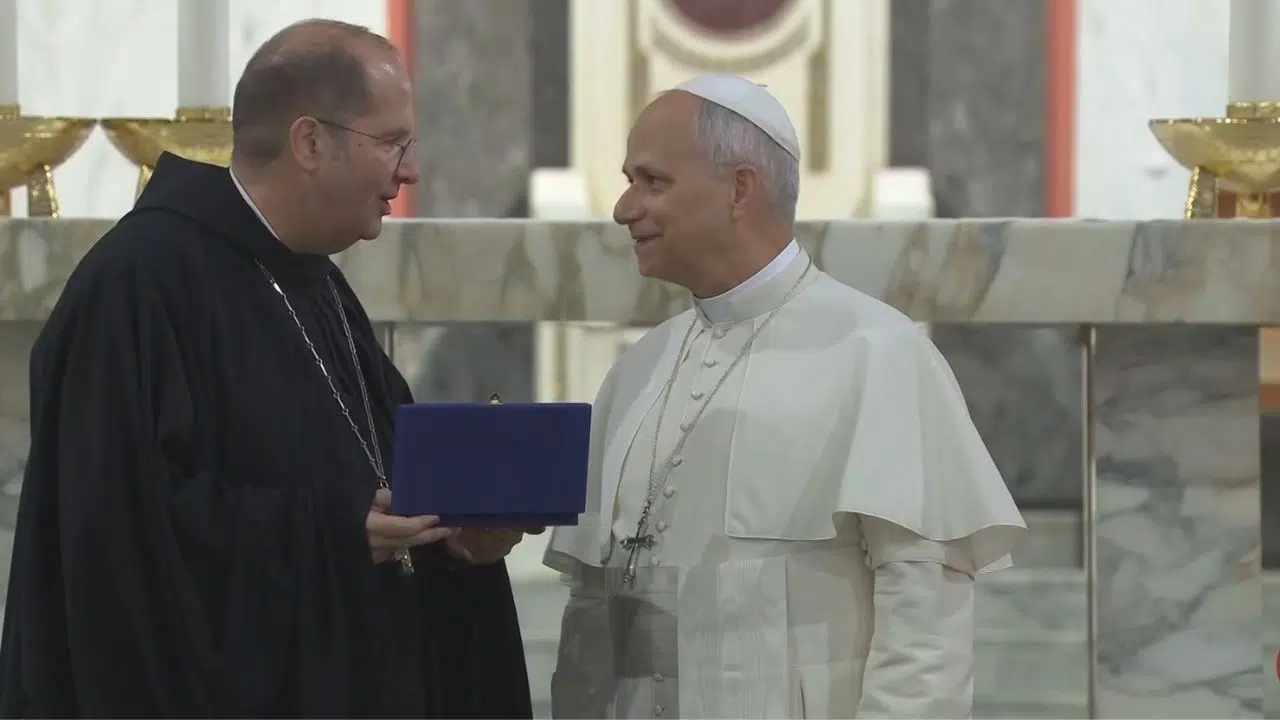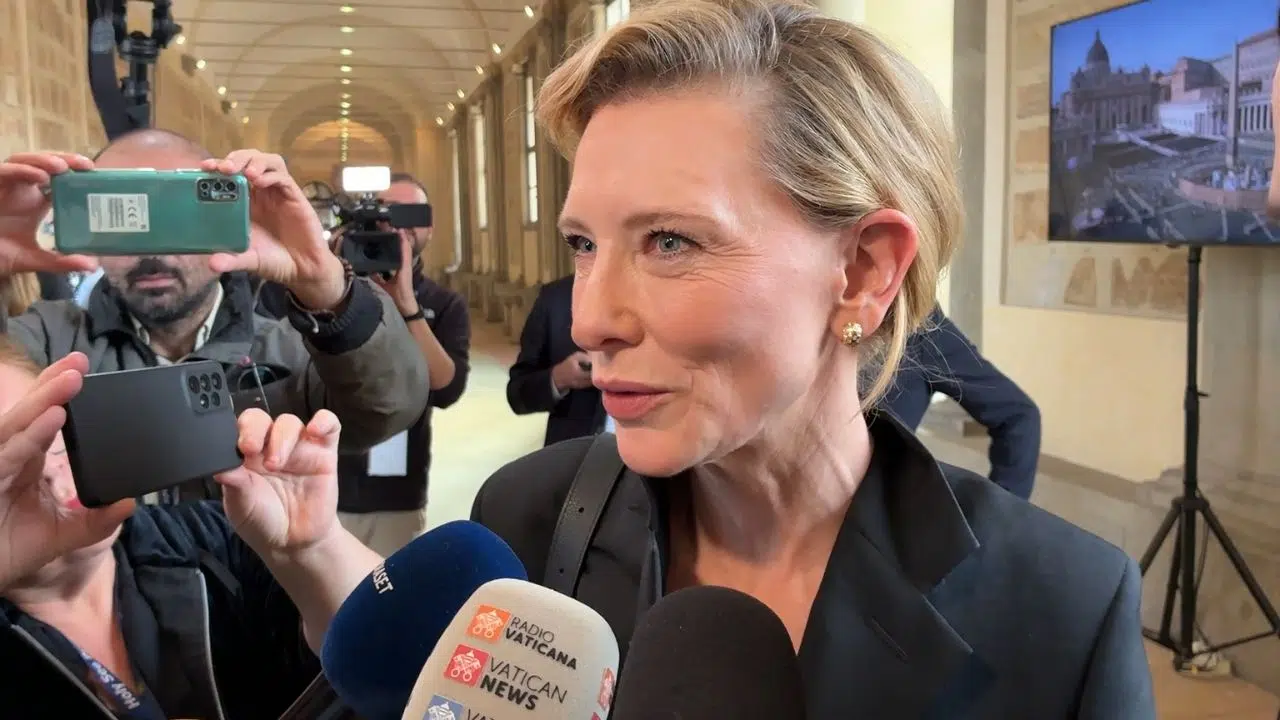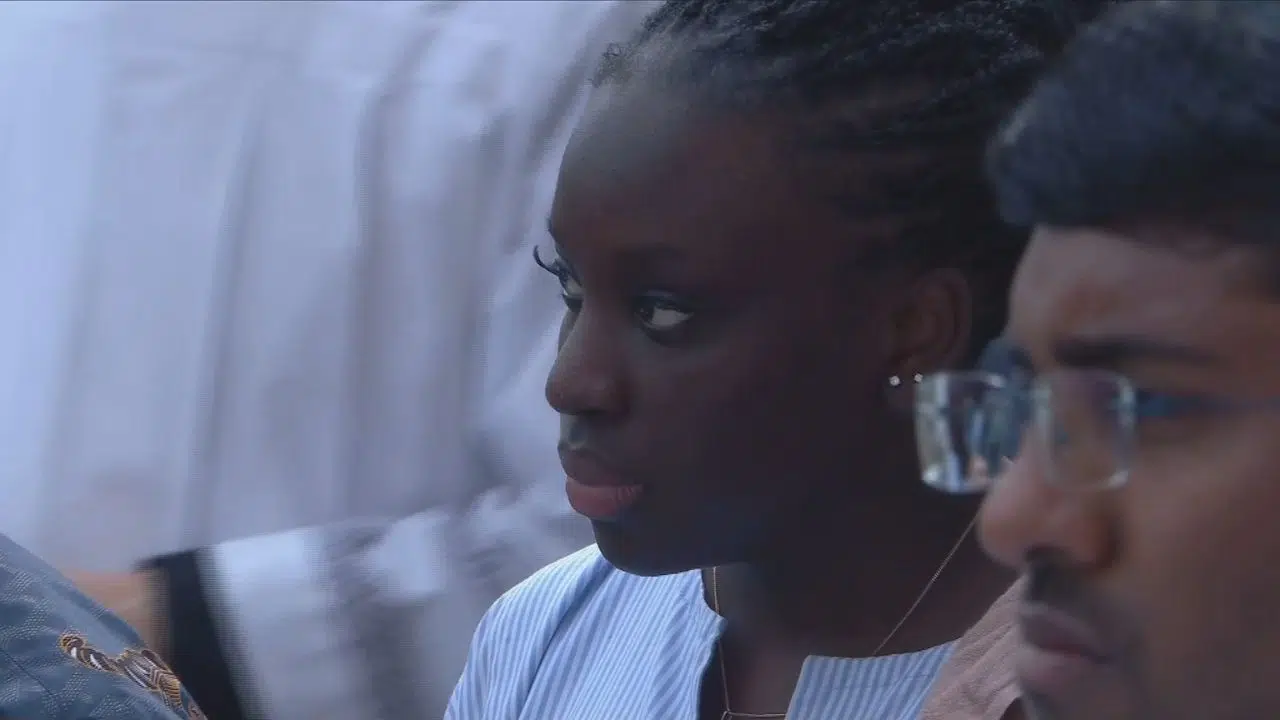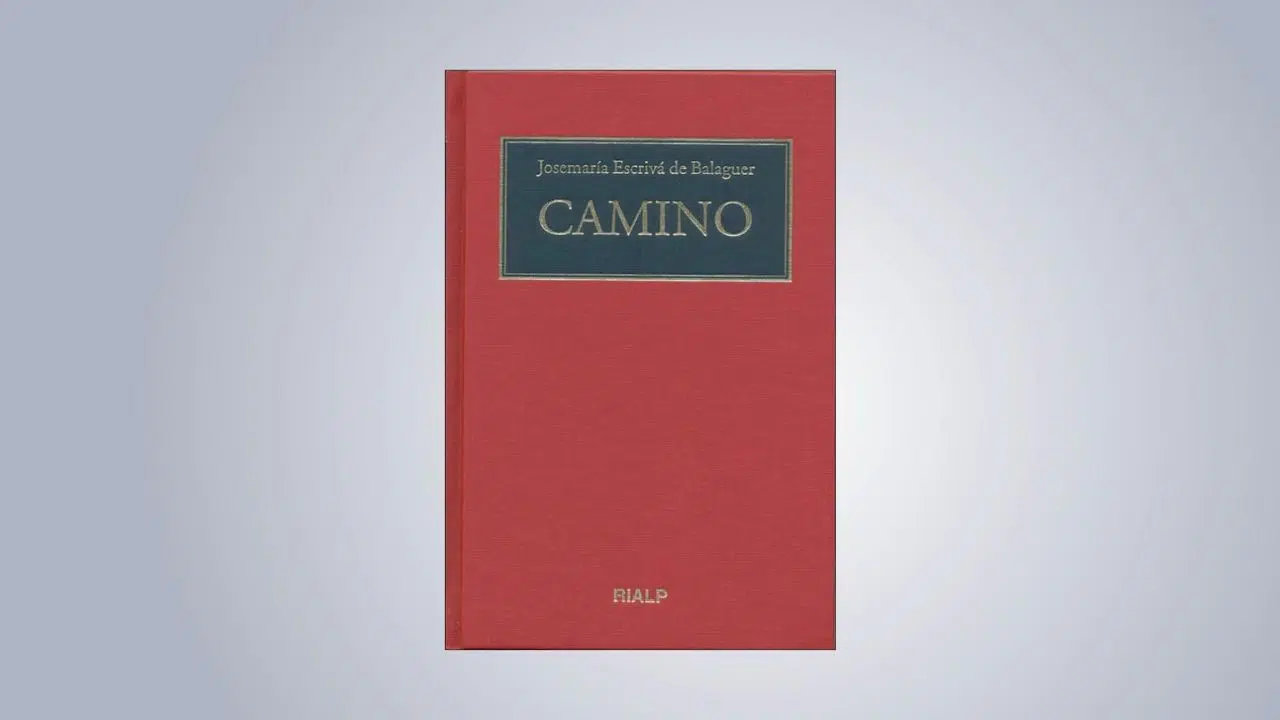Laura Sgrò is a lawyer handling one of the Vatican’s most high-profile cases: the one many are calling “Romeo and Juliet.”
It involves two employees of the IOR, the Vatican’s financial institution. The couple wanted to marry, but new internal rules do not allow both spouses to work in the same entity. Relations with the institution gradually deteriorated until both were dismissed in October 2024. The couple challenged this decision, which is now under review in the courts of Vatican City State.
LAURA SGRÒ
Lawyer
And keep in mind that these two young people had never caused problems at the IOR, except once this marriage issue began.
And they really did try; with me and on their own, to calm the situation, but they were never heard.
Yet Laura Sgrò is best known as the lawyer representing the brother of Emanuela Orlandi, the Roman teenager and daughter of Vatican employees who was kidnapped in 1983. Both the Roman authorities and the Holy See have opened parallel investigations, though the lawyer laments that the Vatican commission remains far too opaque.
Laura Sgrò is representing several of the women who claim to have suffered abuse by former Jesuit Marko Ivan Rupnik, the theologian and artist who for decades enjoyed great international fame. The case is with the Dicastery for the Doctrine of the Faith, but the lawyer, in this interview conducted at the beginning of September, laments the slowness and lack of communication on the part of the dicastery.
LAURA SGRÒ
Lawyer
Look, what I’ve been told about the Doctrine of the Faith is that it’s called ‘the gateway of fog.’ I have to say I didn’t know that, but in the Rupnik case, I frankly find that it’s a very fitting definition. Because things move at an extremely slow pace, and there’s also an absolute lack of communication, which is devastating for the victims. I want to emphasize this because I submitted five documents in April of last year. Fourteen months have passed, and I’ve never received a single line from the dicastery. And I think it would have been enough to simply send a reply like: ‘Dear lawyer, please inform your clients that we have received the information and that we are working on it.'
She is not the only one saying this. Back in October 2024, the Vatican department in charge of raising awareness within the Church about the issue of abuse also expressed something similar.
MONS. LUIS ALÍ HERRERA
Secretary, Pont. Com. for the Guardianship of Minors
The permanent, constant complaint is the lack of communication. A canonical process begins and then many of these victims know absolutely nothing about this process. This same situation, this same complaint, is not only said of the organisms of the Roman Curia, but also of the particular churches, the dioceses, of those in charge of their canonical processes.
In fact, the lawyer highlights the importance of acting swiftly in cases like this, where the women she represents have allegedly been suffering in silence for decades.
We also spoke with lawyer Sgrò about the controversy over whether the artworks created by Rupnik should be covered, destroyed, or left in place. She says the victims are asking for them to be relocated.
LAURA SGRÒ
Lawyer
We don't want to erase anything, we don't want to destroy anything. We are simply asking that, before an altar where a faithful person kneels to come into direct contact with Our Lord, they be able to do so in peace. And that is not happening.
Is it possible to separate the art from the abuse? Because we’re talking about a work of art — for example, a mosaic behind an altar. And we have the testimony of a victim who says she was abused precisely while working on that mosaic, in that place, in that church, on scaffolding 10 meters high.
So far, Rupnik has not spoken out on the matter. He has neither acknowledged the acts nor declared himself innocent. For now, the Jesuits have decided to expel him for failing to cooperate with the investigation, breaking his vow of obedience.
VL
